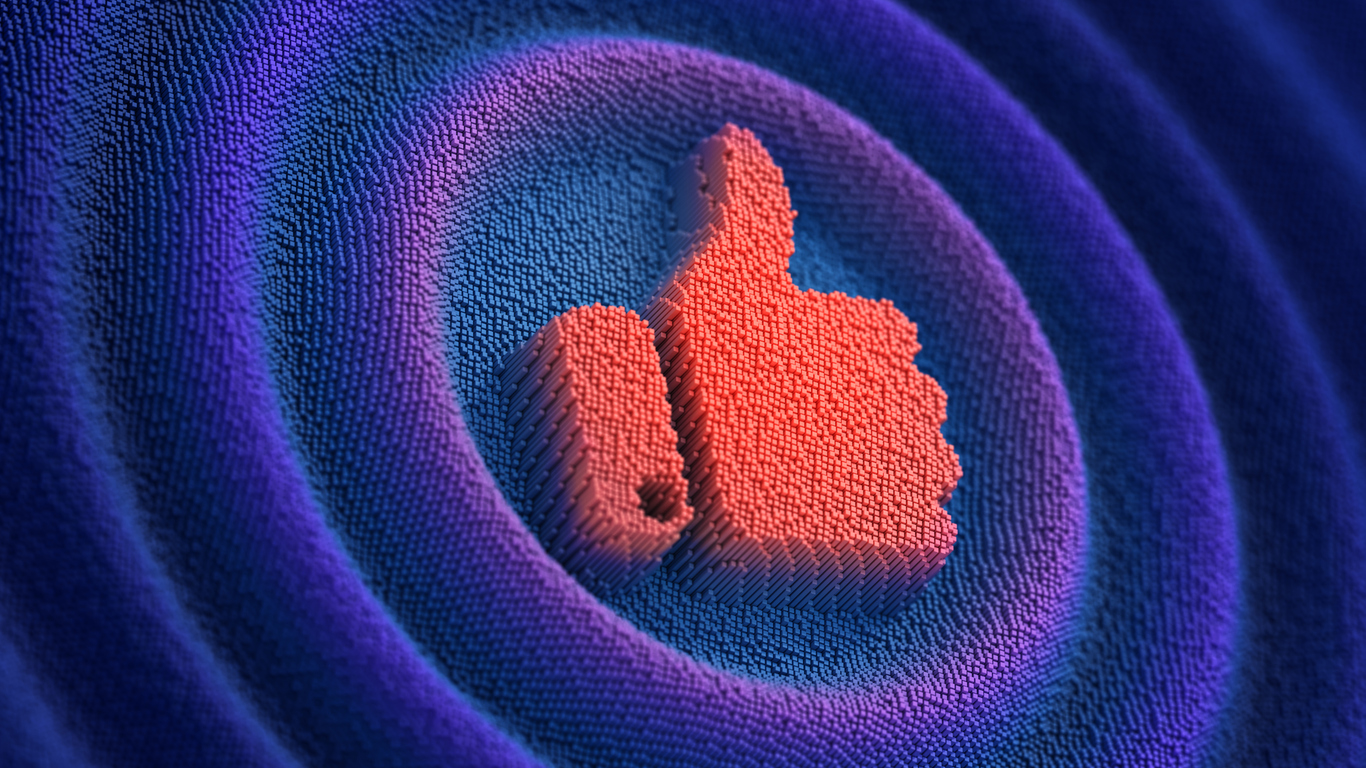
If you happen to’ve spent any period of time on Fb just lately, you’ve certainly seen the weird AI-generated pictures popping up in your feed, seemingly from algorithmically urged pages you’ve by no means opted into liking.
A few of the pictures are clearly faux, reminiscent of “Shrimp Jesus.” But others are extra refined, reminiscent of an AI-generated picture that purports to be a historic picture – maybe even utilizing an actual caption as its immediate in a bid to keep away from copyright flags.
However what’s the finish recreation of those pictures and the pages that spam them, racking up hundreds of thousands of views and complicated your mother?
In line with CNN, there are various motives. Some are simply searching for Fb bonus funds, raking in 1000’s of {dollars} every month by goosing engagement from the simply fooled or simply outraged. However others is perhaps extra nefarious, in search of to collect person information and even slip in mis- and disinformation amid the dangerous AI fakes. Dangerous actors can keep away from deeper scrutiny by peppering within the occasional extra politically motivated meme or deepfake.
Some pages would possibly even amass big followings by posting innocuous content material, solely to later change the identify and posting model to one thing politically motivated – thus utilizing their big fanbase to push a political agenda to an viewers who by no means noticed it coming.
Why it issues: Along with the apparent destabilizing results on democracy brought on by courting audiences with AI slop, this raises a number of issues for good-faith social media managers.
First, that is your competitors. Weird and salacious pictures which are introduced as actual are capturing consideration whereas authentically crafted content material that’s sincere about what it’s and the way it’s made struggles to achieve traction. It’s an uphill climb. It additionally would possibly imply audiences are extra skeptical of your individual content material, even when it’s actual and totally vetted. Credulity and suspicion are at conflict, and each can harm your model.
Meta says it’s trying to police this content material, together with including “AI Data” that identifies synthetic content material – but it surely’s proving simple for dangerous actors to evade, leaving customers to depend fingers and search for blurring across the edges to establish the actual from the faux.
One of the best factor you are able to do is keep scrupulous honesty and transparency about your individual web page, its objective and your use of AI. It’s old style and should not get you hundreds of thousands of views proper off the bat, but it surely’s the one means for moral entrepreneurs to maneuver ahead.
Editor’s High Reads:
- Over the vacation weekend, TikTok customers claimed they’d found an “infinite cash” glitch from Chase Financial institution, permitting them to withdraw cash from their accounts they didn’t even have. Yeah, it seems they have been participating in a digital model of verify kiting. Which is a criminal offense. “We’re conscious of this incident, and it has been addressed,” Chase wrote in an announcement to The Guardian. “No matter what you see on-line, depositing a fraudulent verify and withdrawing the funds out of your account is fraud, plain and easy.” That is yet one more instance of how misinformation can unfold on-line – no AI required. Whether or not the primary “discoverers” of this have been maliciously making an attempt to trick others into committing a criminal offense or just idiots, we don’t know. However Chase responded clearly and with no room for ambiguity – on a vacation weekend, no much less. Kudos on robust social listening and a decisive response to a ridiculous scenario.
- The Honey Deuce is taking up the U.S. Open. The drink, which mixes vodka, raspberry liqueur and lemonade, topped with three tennis ball-esque melon balls, has grow to be a viral sensation. It’s anticipated to earn greater than $10 million in gross sales this 12 months, retailing at $23 a pop. It’s even earned the TikTok approval of Serena Williams, who was capable of strive the drink for the primary time since she wasn’t competing this 12 months. The drink’s quirky presentation and reference to the occasion permits it to interrupt via even to those that aren’t (but) inquisitive about tennis and drum up much more optimistic PR for the occasion, gaining headlines in information sources throughout the nation. It’s a intelligent instance of a facet door into an occasion, boosting curiosity amongst new audiences – and probably making them raving followers.
- Raygun, actual identify Rachel Gunn, shot to infamy in the course of the Paris Olympics for her … distinctive breakdancing efficiency The Australian earned zero factors throughout her rounds of competitors, coming in lifeless final. However she did grow to be a viral meme for her strikes – and gained widespread condemnation for making a mockery of breakdancing. Gunn is now on an apology tour, talking on an Australian tv program in regards to the expertise. “It’s actually unhappy to listen to these criticisms, and I’m very sorry for the backlash that the group has skilled, however I can’t management how individuals react,” she mentioned. Paris marked the primary – and maybe solely – exhibiting of breakdancing as an Olympics sport. Gunn’s efficiency overshadowed all others and she or he turned the face of the game, for higher and for worse. Apologizing is an efficient step, however how can Gunn enhance different breakers and use her new fame – and her function as a lecturer at Macquarie College — to attract consideration to the game in a optimistic means?
Allison Carter is editor-in-chief of PR Each day. Comply with her on Twitter or LinkedIn.

